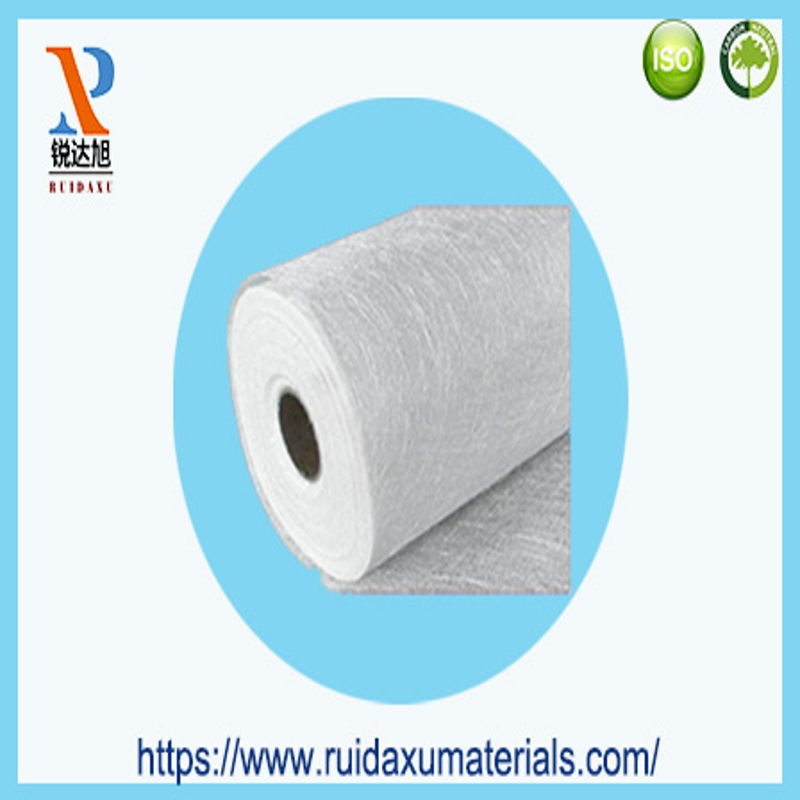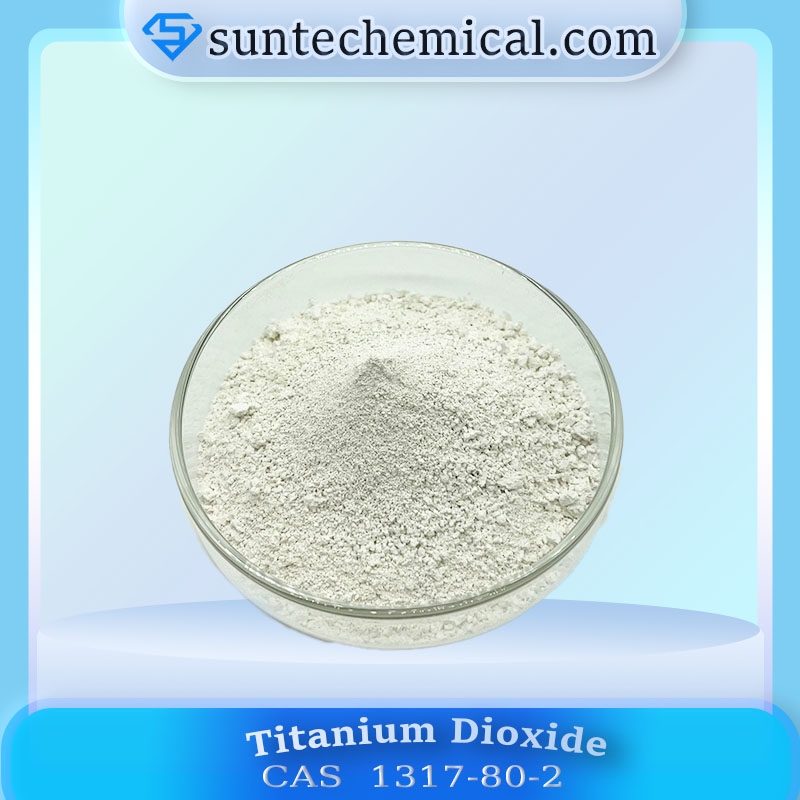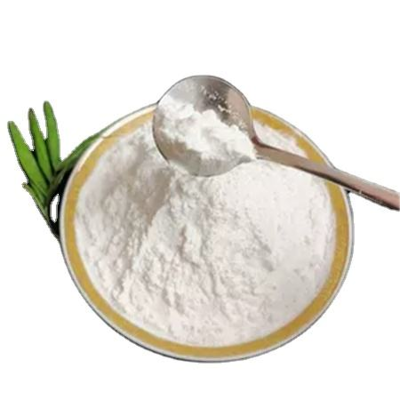-
Categories
-
Pharmaceutical Intermediates
-
Active Pharmaceutical Ingredients
-
Food Additives
- Industrial Coatings
- Agrochemicals
- Dyes and Pigments
- Surfactant
- Flavors and Fragrances
- Chemical Reagents
- Catalyst and Auxiliary
- Natural Products
- Inorganic Chemistry
-
Organic Chemistry
-
Biochemical Engineering
- Analytical Chemistry
-
Cosmetic Ingredient
- Water Treatment Chemical
-
Pharmaceutical Intermediates
Promotion
ECHEMI Mall
Wholesale
Weekly Price
Exhibition
News
-
Trade Service
2 Results and Discussions
2. 1 Scanning electroscope (SEM) analysis
using a scanning electroscope for titanium dioxide powder, kaolin samples for surface profiling analysis, the results are shown in Figure 1, the figure (a) to (d) is titanium white powder, 325 eye kaolin, 1,250 eye kaolin, 4,000 eye kaolin scanning electron mirror picture, (e), (f) for homemade coal-based kaolin scanning image.as can be known from Figure 1, 325, 1,250, 4,000 purposes of kaolin soil reunion phenomenon is serious, uneven particle distribution;
2. 2 Whiteness Analysis
Using a blu-ray whiteness meter to determine the whiteness of 325, 1,250, 4,000, homemade coal-based kaolin, and titanium dioxide powder, the relative value of other samples was obtained based on titanium white powder, and the results were shown in Table 1.. 2. 3 Paint performance test
2. 3. 1 Relative cover force, whiteness
The ratio of coating samples (covering force) is measured by a reflectivity meter, and titanium dioxide is used as a sample to obtain the relative cover force of other samples. The whiteness of the model coating was measured with a white scale, and the relative value of other samples was obtained by using titanium dioxide powder, and the results were shown in Figures 2 and 3.As can be known from Figure 2 and Figure 3, the higher the number of eyes of kaolin, the better the effect of the coating in terms of cover and whiteness, the coating cover rate and whiteness when the self-made kaolin is doped with titanium dioxide is significantly higher than that of 325, 1,250 and 4,000 purposes of the commercially available kaolin. Titanium white powder and kaolin are not soluble in water, but scattered in the coating system, because the material is the same, the amount of consistent, its cover rate and whiteness mainly depends on the size and particle size distribution of dispersed particles. From the experimental results, after doping with different items of kaolin, the higher the number of commercially available kaolin soil, the higher the relative cover and whiteness, and the coal-based kaolin relative cover and whiteness prepared by ultrasonic auxiliary liquid phase insertion is better than the commercial products. Home-made coal kaolin microscopic shape close to titanium white powder, although the diameter is bigger than titanium white powder, but less than the commercial sale of kaolin products, therefore, in terms of cover and whiteness are significantly higher than the commercial products. Normally speaking, kaolin in titanium white powder doping will not make the coating cover and whiteness is greater than pure titanium white powder, which can be seen from the test results of commercially available products, doping makes the cover force and whiteness are reduced, but the coal system high territory shows obvious anomalies, its cover and whiteness is higher than pure titanium white powder. The cause of this phenomenon may be home-made coal kaolin particle size is small, and evenly distributed, from table 1 can be seen its whiteness is also close to titanium whiteness, dispersion in the coating system is uniform, and because the microscopic appearance is close to titanium white powder, there is a synergistic effect, so that the doped coating in terms of cover and whiteness is better than pure titanium white powder.
From Figures 2 and 3, it can be seen that when doped with homemade coal s kaolin, when the ratio is 50%, its cover and whiteness are optimal, however, subsequent tests found that when the content of coal s kaolin is more than 40%, the coating is resistant to UV capacity decreased significantly, under ultraviolet radiation is very prone to powdering and yellowing, so the subsequent selection of kaolin and titanium dioxide in accordance with the mass ratio of 4:6 mixed mix samples, testing its hot and cold circulation, ultraviolet light resistance and wash resistance.
2. 3. 2 Heat and cold cycle test
mix different models of kaolin and titanium dioxide with a mass ratio of 4:6 as fillers, prepare water-based interior wall coating, and then spray it into a model, placing the model at 40 degrees C In the oven 6 h, and then placed in the refrigerator -18 degrees C 6 h, so repeated 20 cycles, 40 cycles, 60 cycles, 80 cycles, to observe whether the model coating defects, the results are shown in Table 2.: X- indicates that the model --— yellowing and powdering;
as can be seen from Table 2, 4 samples after 20 hot and cold cycles, 1 and 2 models appear yellowing, foaming and cracking phenomenon; This is mainly due to the small size of home-made coal coil soil particles, microscopic appearance close to titanium dioxide, larger than the surface area, its particles through the opposite-sex charge attraction produced by the cohesion of strong, mixed with titanium dioxide to produce synergies, so its heat and cold cycle significantly higher than commercially available products.
2. 3. 3 UV-resistant test
the sprayed plasterboard samples placed in the UV test box, using 40 W UV lamp cumulative exposure 240 h, 480 h, 720 h, 960 h, to observe the plaster plate coating yellowing, powdering phenomenon, the results can be seen in Table 3.
As shown in Table 3, after 720 h exposure to 40 W ultraviolet light, the model yellowing and powdering, 2 and 3 models yellowing and powdering after exposure to 480 h, and the homemade kaolin model did not change after 960 h UV exposure.: X-model yellowing --—, powdering;
showed that homemade coal cohing and titanium dioxide produced significant synergies, greatly improving the coating's UV resistance. This is because the reduction of kaolin diameter, making the coating more dense, and calcined coal-based kaolin has a very strong scattering capacity, and the synergy with titanium dioxide can effectively protect the polymer in the coating, thus avoiding the polymer chain segment by ultraviolet degradation, greatly extending the life of the coating under ultraviolet light.
2. 3. 4 Wash-resistant scrub performance test
Place the sprayed and maintained gypsum board in the wash-resistant brush meter, scrub 100 times, 200 times, 300 times, 400 times, observe the change of the gypsum plate coating, the results are shown in Table 4.: X-model off, gray, --— dew bottom;
by table 4 can be seen, 1 model placed in the wash-resistant brush tester dry wipe 100 times, the model obviously appeared gray phenomenon, 2 model, 3 model in the dry wipe 200 times when the phenomenon of ash, 4 model after wiping 400 times still maintain its original state. From the particle size and viscosity point of view of analysis, the smaller the granularity of kaolin, the greater the viscosity, mixed with titanium dioxide adhesion is stronger, so made into a model, not easy to be wiped off.3 Conclusion
using ultrasonic auxiliary propylene-triol liquid phase insertion layer, by 950 degrees C high temperature calcination can obtain ultra-fine coal-based kaolin, its microscopic appearance, whiteness and titanium dioxide similar. The coal-based kaolin treated by this method can be used in water-based coatings, and titanium white powder to form synergies, the coal-based kaolin and titanium white powder according to 4:6 doped prepared water-based coatings, in whiteness, cover, cold resistance Thermal circulation, UV-resistant aging, wash-resistant brushing performance, etc. are significantly better than the commercially available kaolin and titanium white powder compounding effect, which points out a practical method for the application and deep processing of coal-based kaolin, and its application in coatings is expected to significantly reduce coating costs. .







